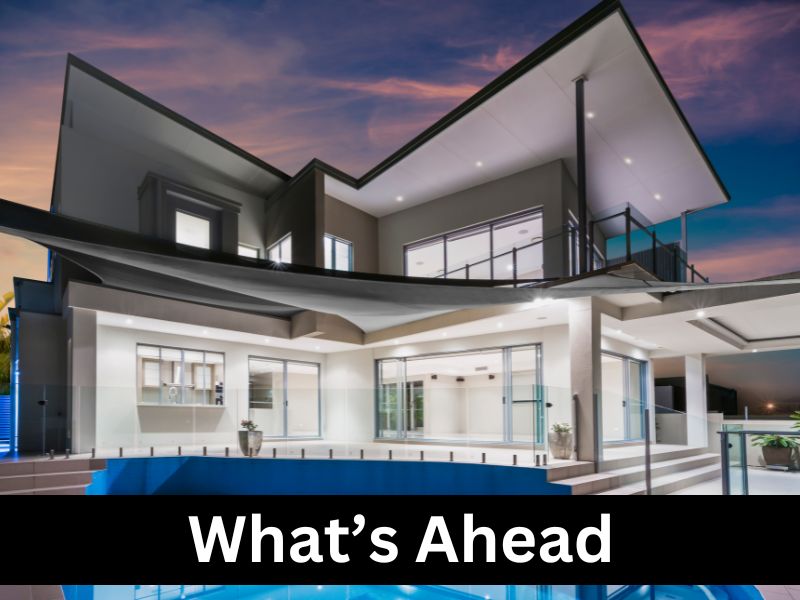 Older homes have charm, character, and architectural details that newer properties often lack. From original hardwood floors to vintage craftsmanship, they can feel timeless and full of personality. However, behind the charm can come age-related challenges that buyers should not overlook. Understanding how to budget for repairs and updates helps buyers make informed decisions and protects their investment long after closing.
Older homes have charm, character, and architectural details that newer properties often lack. From original hardwood floors to vintage craftsmanship, they can feel timeless and full of personality. However, behind the charm can come age-related challenges that buyers should not overlook. Understanding how to budget for repairs and updates helps buyers make informed decisions and protects their investment long after closing.
The Appeal of Older Homes
Many buyers are drawn to older homes because of their unique features and established neighborhoods. Larger lots, mature trees, and historical details often make these properties stand out from newer builds. Yet even well-maintained homes eventually need updates to meet modern standards for safety, efficiency, and comfort. Recognizing both the appeal and the potential costs can help buyers approach these homes with realistic expectations.
Common Repairs and Updates
When purchasing an aging home, certain updates are more common than others. Electrical and plumbing systems may need modernization to handle todayís appliances and technology. Roofs, windows, and insulation often require attention to improve energy efficiency and reduce utility costs. Buyers should also consider updating outdated kitchens and bathrooms, not only for aesthetics but for functionality and resale value. A professional home inspection can identify areas that need immediate repair versus those that can wait.
Budgeting Wisely for Renovations
A good rule of thumb is to set aside a portion of your budget specifically for updates and unexpected repairs. Even if the home appears move-in ready, surprises can surface once renovations begin. Obtaining quotes from contractors before closing can help you estimate realistic costs. Including a renovation buffer in your financing plan ensures that needed improvements do not strain your finances after purchase.
Leveraging Renovation Loans
Some mortgage programs allow buyers to finance both the purchase price and renovation costs in a single loan. Options such as FHA 203(k) or Fannie Mae’s HomeStyle loan can make it easier to modernize an older home without depleting savings. Working with a lender experienced in renovation loans can help you understand which updates qualify and how funds are distributed throughout the project.
Buying an older home can be incredibly rewarding when approached with preparation and clear budgeting. By factoring in necessary updates from the start, buyers can preserve the homeís charm while enhancing its safety, comfort, and value for years to come.
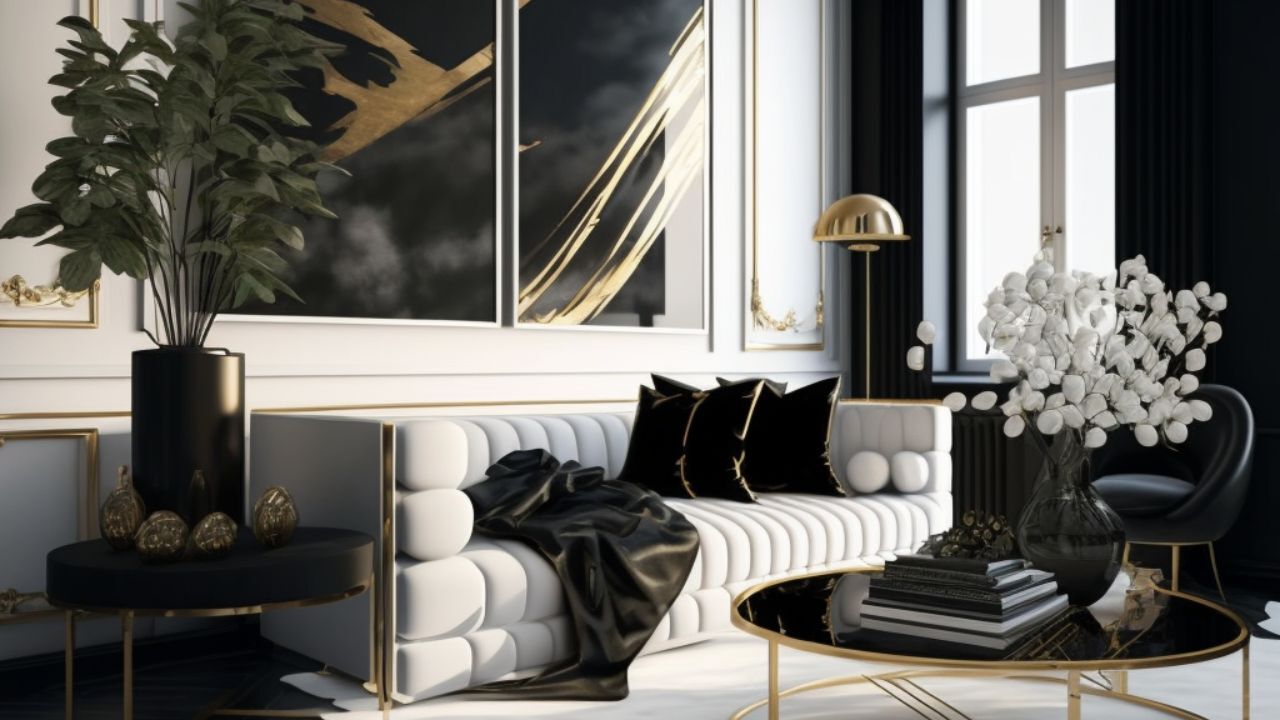 When it comes to selling a home, first impressions matter. Home staging helps potential buyers see beyond your personal style and imagine their own lives inside the space. As real estate agent, we’ve seen how effective staging can be in turning casual lookers into serious buyers. It is not just about decorating — it’s about storytelling — creating a visual experience that allows buyers to connect emotionally with your home.
When it comes to selling a home, first impressions matter. Home staging helps potential buyers see beyond your personal style and imagine their own lives inside the space. As real estate agent, we’ve seen how effective staging can be in turning casual lookers into serious buyers. It is not just about decorating — it’s about storytelling — creating a visual experience that allows buyers to connect emotionally with your home. Selling your home can be both exciting and overwhelming. Between preparing for showings, reviewing offers, and planning a move, the process can feel like a full-time job. As real estate agents, we understand that homeowners often struggle to balance it all, especially when they are still living in the property. With the right strategies and mindset, it is possible to stay organized, reduce stress, and make the experience smoother from start to finish.
Selling your home can be both exciting and overwhelming. Between preparing for showings, reviewing offers, and planning a move, the process can feel like a full-time job. As real estate agents, we understand that homeowners often struggle to balance it all, especially when they are still living in the property. With the right strategies and mindset, it is possible to stay organized, reduce stress, and make the experience smoother from start to finish. Today, we honor the brave men and women who have served our country with courage, strength, and selflessness. Your service allows us to enjoy the freedoms that make home and community possible.
Today, we honor the brave men and women who have served our country with courage, strength, and selflessness. Your service allows us to enjoy the freedoms that make home and community possible.
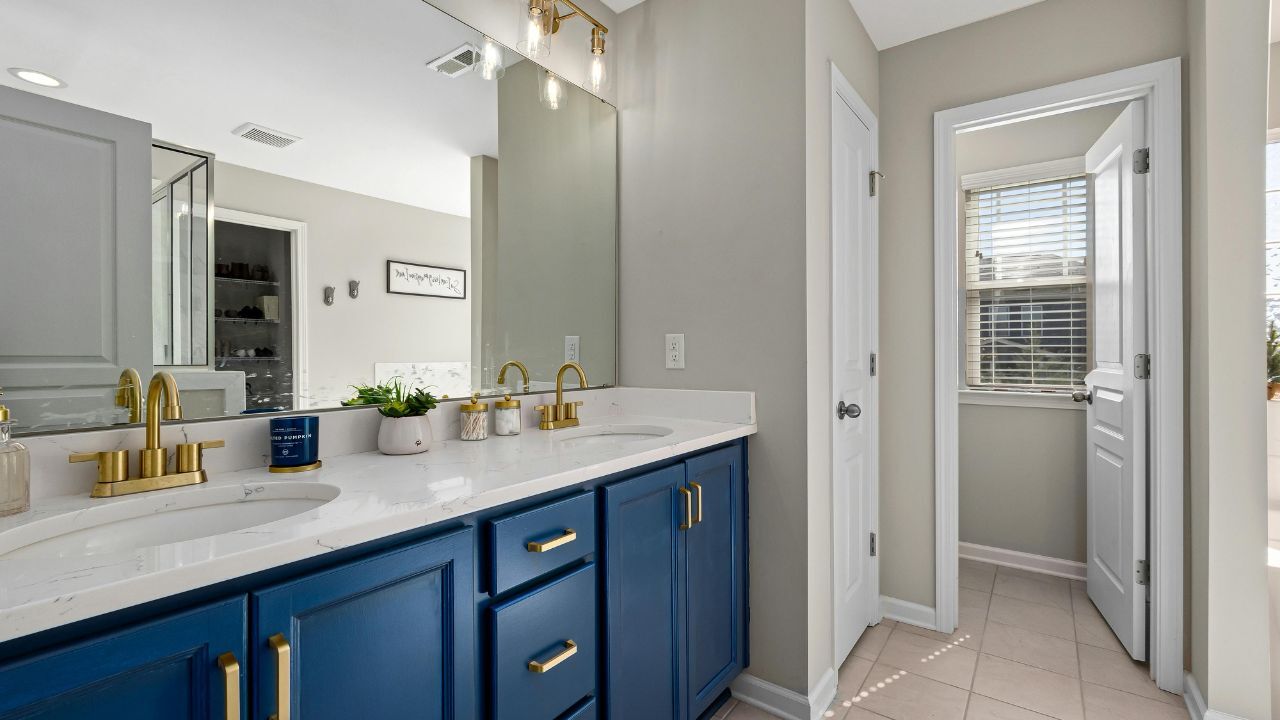 Home renovations can be exciting, but not every project adds the same return on investment. Whether you are planning to sell soon or simply want to boost your property’s value, understanding which upgrades offer the best payoff helps you make smart decisions. Strategic improvements can make your home more appealing to buyers and increase its long-term value.
Home renovations can be exciting, but not every project adds the same return on investment. Whether you are planning to sell soon or simply want to boost your property’s value, understanding which upgrades offer the best payoff helps you make smart decisions. Strategic improvements can make your home more appealing to buyers and increase its long-term value. For many homebuyers, the term escrow can sound confusing or even intimidating. Yet escrow is one of the most important parts of a real estate transaction. It ensures that both the buyer and the seller are protected while the details of the sale are finalized. Understanding how escrow works can help you feel confident and informed every step of the way.
For many homebuyers, the term escrow can sound confusing or even intimidating. Yet escrow is one of the most important parts of a real estate transaction. It ensures that both the buyer and the seller are protected while the details of the sale are finalized. Understanding how escrow works can help you feel confident and informed every step of the way.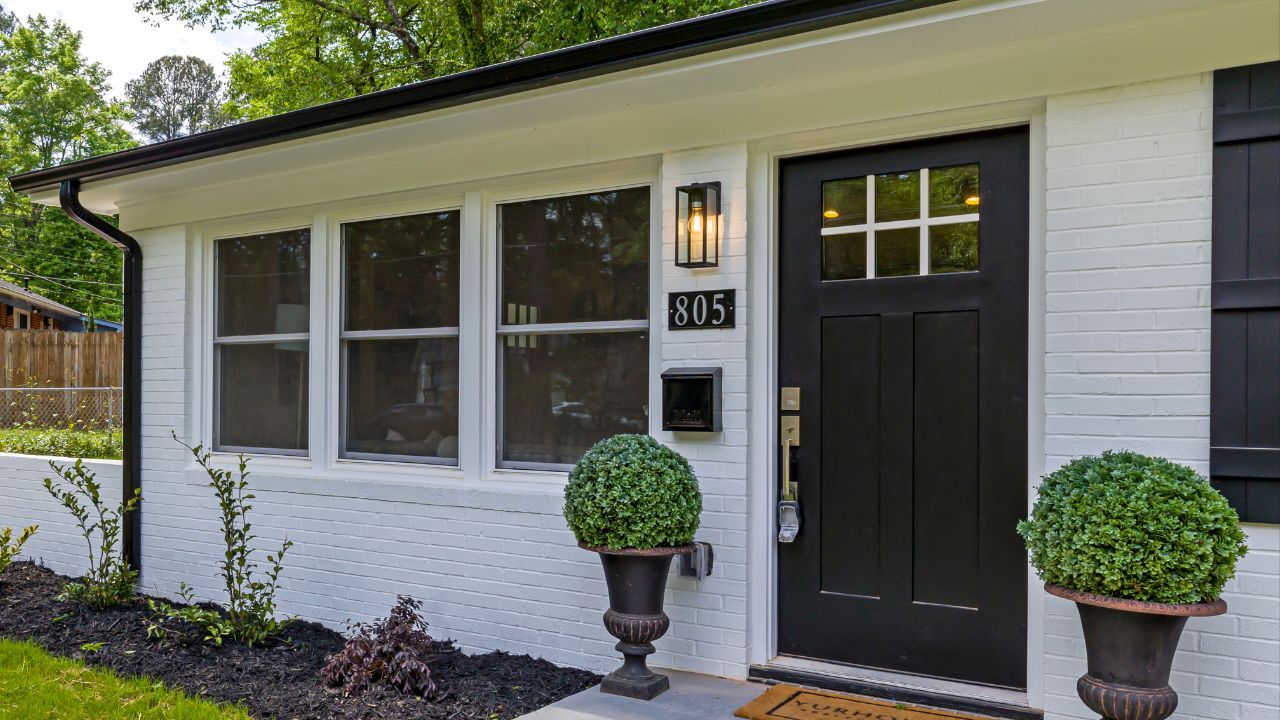 When you start shopping for a home, you will quickly notice that not all properties are created equal. From cozy condos to spacious single-family homes, each property type offers a unique lifestyle, level of maintenance, and investment potential. Understanding the differences helps you choose the kind of home that best fits your goals, budget, and way of living.
When you start shopping for a home, you will quickly notice that not all properties are created equal. From cozy condos to spacious single-family homes, each property type offers a unique lifestyle, level of maintenance, and investment potential. Understanding the differences helps you choose the kind of home that best fits your goals, budget, and way of living.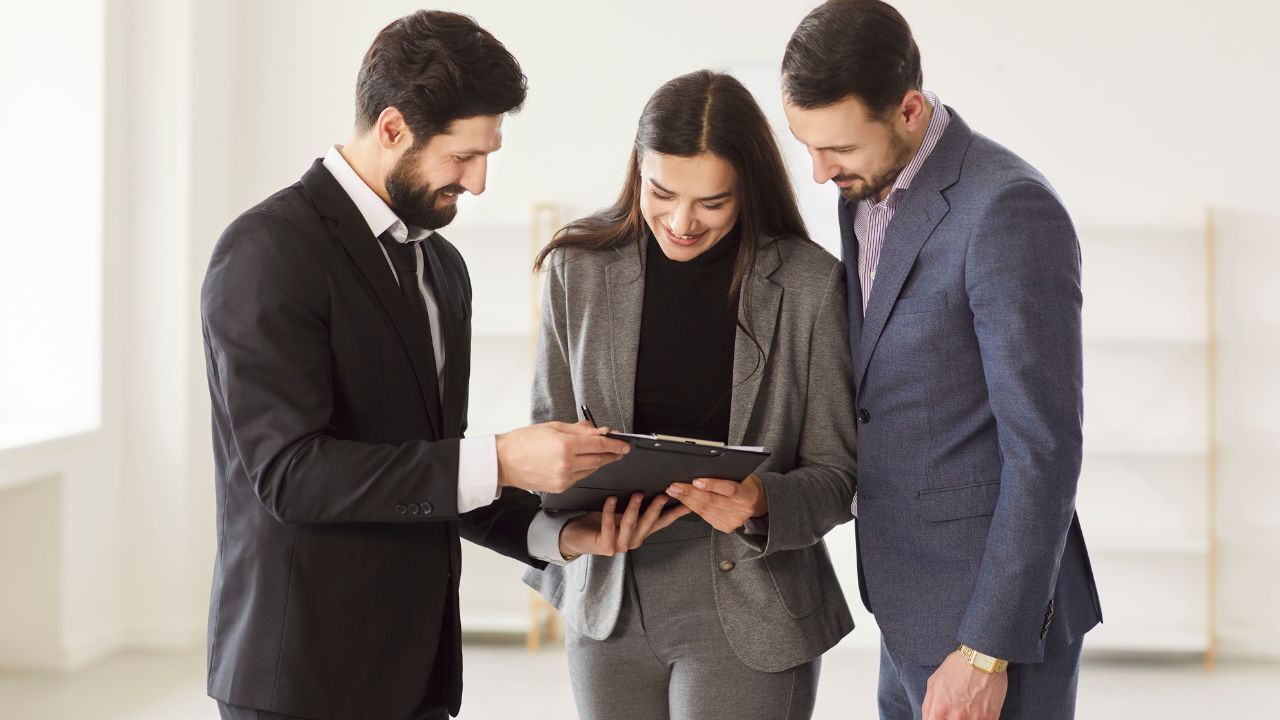 Buying a home is one of the biggest financial moves you will ever make, and while it can feel overwhelming, approaching it the way a real estate professional does makes the process smoother and more strategic. With the right preparation and mindset, you can shop confidently and make smart decisions from start to finish.
Buying a home is one of the biggest financial moves you will ever make, and while it can feel overwhelming, approaching it the way a real estate professional does makes the process smoother and more strategic. With the right preparation and mindset, you can shop confidently and make smart decisions from start to finish.